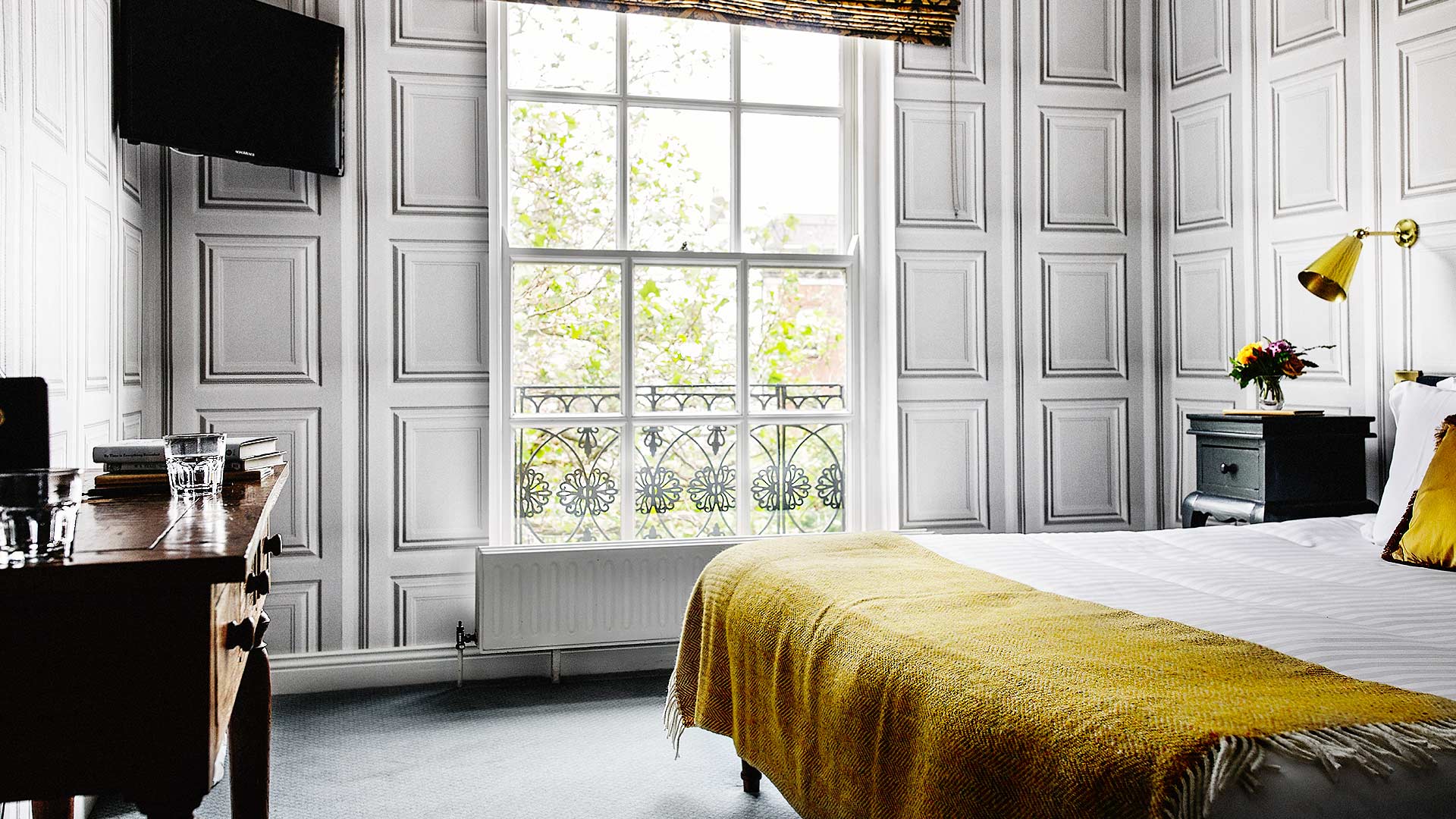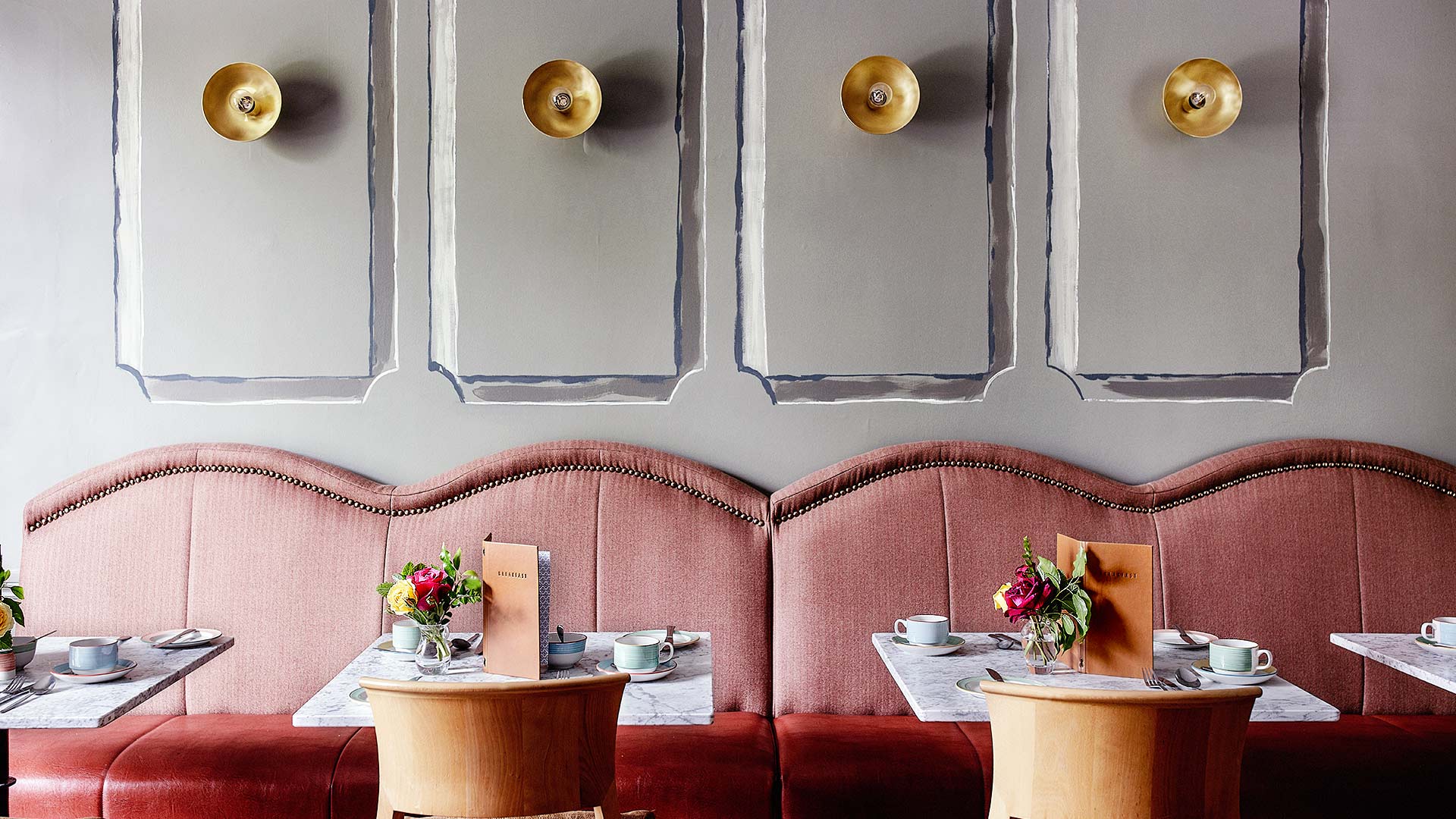History
Step through the door of our guesthouse into not one but three original, adjoining, Georgian residences standing tall and grand on Pembroke Road. A grand, tree-lined boulevard and one of the most desirable addresses in 19th century Dublin
Now step back in time. Ballsbridge has an incredible history that stretches all the way back to the Viking invasions of the 8th and 9th centuries. A legendary battle was fought here between the Irish and the invading Danes and a Viking grave and burial mound was uncovered not far from where you stand, today.
Fast forward to medieval Dublin. A sprawling city served by two major roads. You can still walk along the route today from St. Stephen’s Green to Merrion Row and along Pembroke Street then on, across the River Dodder and south to the sea at Blackrock.
Stand on Ball’s Bridge and picture how it must have looked in the 18th century. A prosperous settlement, with linen and cotton printers, a paper mill and a gunpowder factory. The farmland that surrounded it was owned by the powerful Fitzwilliam dynasty. Then, in 1833, it was inherited by George Herbert, the 11th Earl of Pembroke. The man who created the Pembroke Road you see, today.
Imagine Dublin in the Georgian era, when it was one of the most fashionable cities in Europe. When the wealthy aristocracy lived in tall, elegant terraces of brick houses and drove their carriages along wide, gracious boulevards.
Picture Dublin’s most fashionable address. The Earl of Pembroke’s lands were close to city’s three most beautiful Georgian garden squares. St Stephen’s Green, Merrion Square and Fitzwilliam Square. He built magnificent residences all along Pembroke Road. His name lives on in one of Dublin’s grandest streets and in the city’s favourite guesthouses. We like to think he would approve of The Pembroke Townhouse that welcomes you, today.






